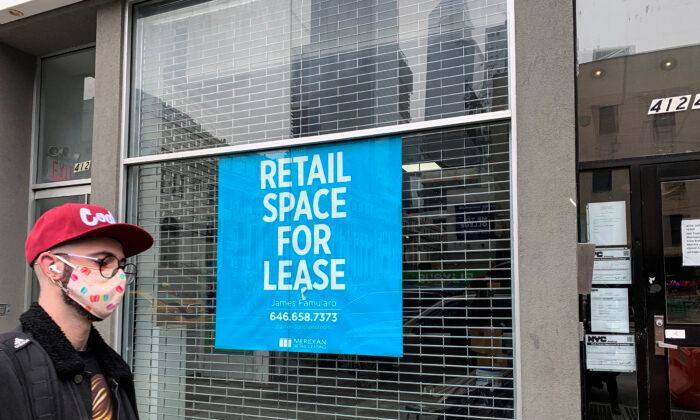Tuesday Morning, the beleaguered discount home goods retailer, will shutter more than half of its stores nationwide after filing for Chapter 11 bankruptcy protection on Feb. 14.
The Dallas-based company confirmed that it will shutter 263 stores that are situated mainly in “low-traffic regions.” Tuesday Morning operates 487 stores with approximately 1,600 full-time and 4,700 part-time employees.
In May 2020, Tuesday Morning filed for Chapter 11 and closed roughly 200 stores amid the COVID-19 pandemic.
Hundreds of Store Closures This year
In the early days of 2023, about a dozen major retailers announced plans to shut down hundreds of stores nationwide in the coming months.
The struggling retailer is also ending its insolvent Canadian operations. Bed Bath & Beyond operates 54 locations and 11 buybuy BABY stores north of the border.
“We are optimizing our store fleet and supply chain and continuing to invest in our omni-always capabilities,” Sue Gove, president and CEO of Bed Bath & Beyond Inc., said in a statement. “This will enable us to better serve our customers, and grow profitably, by directing merchandise where and how they want to shop with us.”
By the year’s end, the retailer wants to accomplish its goal of having a “smaller and healthier fleet of stores.”
It also requested that the court release it from 28 store leases in 13 states. The retailer noted that these outlets were performing so poorly that it shut down and vacated those premises before filing for bankruptcy.
“Our work on our lease portfolio is moving very quickly, with a plan for us to exit locations that do not meet the key financial metrics required for our go-forward fleet,” Marc Ehle, Party City’s executive vice president of enterprise operations, said in a statement.
Party City, which sells balloons, costumes, decorations, and other celebration items, has cited a considerable drop in consumer spending for its lackluster performance.
Walmart, in recent years, has begun closing several underperforming stores in various states every year.
“If that’s not corrected over time, prices will be higher, and/or stores will close,” McMillon said.
“The changes we are making are deep and impact every area of the business, but they are necessary. I know we will come out of this transition stronger, more agile, and better fit to compete in today’s retail environment,” said Jeff Gennette, chairman and CEO of Macy’s.
A Retail Apocalypse in 2023?
Will 2023 repeat the significant number of 9,000 store closures in 2019? It may depend on the plethora of challenges presently facing the industry, from price inflation to sustainability.A climate of rising interest rates and a slowing economic landscape is more likely to weigh on retailers that had already been facing unsustainable debt and declining sales, according to Ben Johnston, Chief Operating Officer of small- and medium-sized business lender Kapitus.
At the same time, retail stores in highly trafficked areas are expected to perform well this year if unemployment remains low and consumer spending holds steady, Johnston said.
“This is especially true for retailers that serve the everyday or immediate needs of customers, such as coffee shops, bakeries, and drugstores. Many big-box retailers will continue to struggle as online competitors leverage supply chain efficiencies and a more diverse selection to attract customers while declining home sales will mute a key driver of retail purchases,” he told The Epoch Times.
“While the economy is unlikely to bail out struggling retailers this year, we do not expect a dramatically worse environment than we saw in 2022.”
For stores that remain open, their future is about adapting to the new generation of shoppers, according to Jeanel Alvarado, a retail expert and CEO of RetailBoss.
“We can expect to see these retailers carry out new strategic plans when it comes to retail expansion, either in completely new geographical locations or opening new store concepts in the same regions,” Alvarado told The Epoch Times.
“It’s all about adapting to the new consumer and how they like to shop. For the retailers whose stores remain open, they are remodeling and redesigning the store layouts to better cater and attract the Gen Z and Millennial shoppers who will continue to grow in their discretionary spending.”
But consumers’ financial health may play a role in the immediate future of retail, be it more online establishments or brick-and-mortar stores.
The consumer price index rose by 0.5 percent month-over-month in January.
“Even though it represents only 6 percent of total debt, credit card debt is the most dangerous because the interest rates are much higher than what most loans charge, and they’re only getting higher with each Fed rate hike,” Jill Gonzalez, a WalletHub analyst, said in a report.
The average credit card interest rate is about 23 percent.





